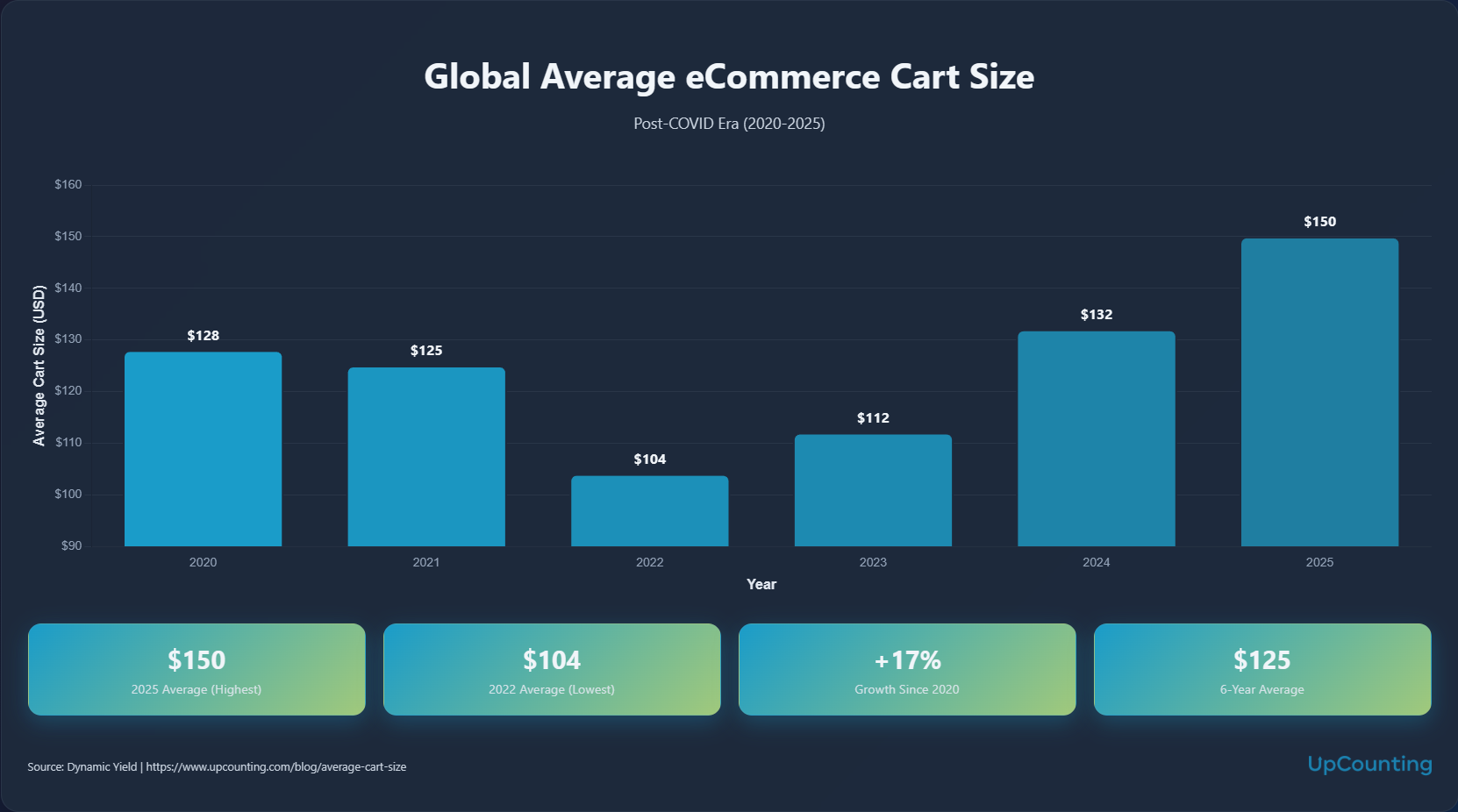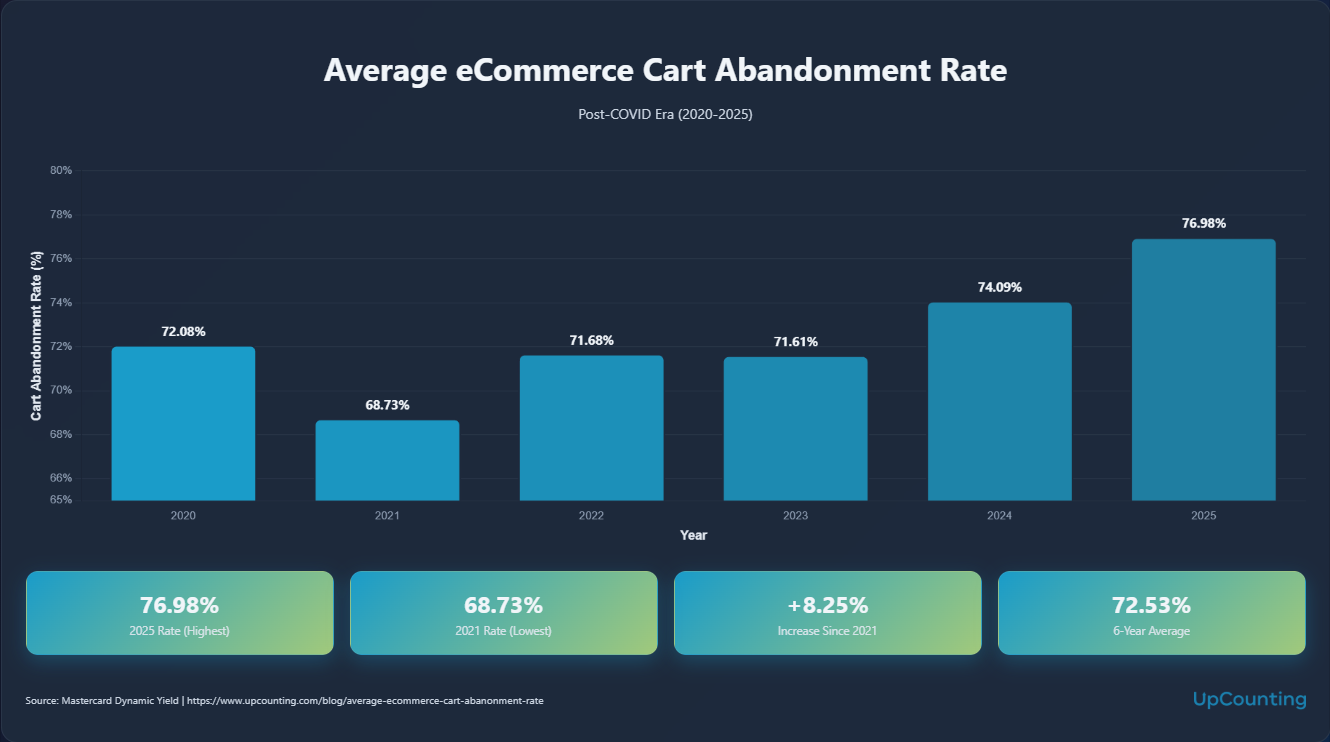If you run a business and are trying to outmaneuver the competition, having a strong handle on your numbers will give you a serious edge.
Most business owners are so caught up in the day to day they don’t have time to gather and compile data. Let alone analyze that data to make better decisions.
While some of your competitors might be a bit more sophisticated and understand why accounting is important. They may not realize that not all numbers are created equal.
For the majority of businesses, one of the most important numbers to focus on is your margin. That’s the amount of money you have left from sales once you’ve provided the customer whatever it was they bought from you.
Your margin is what allows you get paid, acquire more customers, and expand your operations.
That’s why it’s critical that you stay focused on your margin and keep increasing it by growing your sales, and controlling the costs associated with those sales.
But if you’ve got aspirations for growth, and especially if you’re spending a lot on growing your business. It’s important to know that there are times when you’d want to ignore your margins, and even sell things at a negative margin.
What is Gross Margin?
Gross margin is your net revenue minus the cost of the goods or services sold.
Let’s say you have a thriving business selling drones, and you sell each one for $500.
To calculate your gross margin, you also need to factor in the cost of each drone. That cost is usually calculated by following the relevant accounting rules.
Let’s say you buy all the parts from another manufacturer, and then have a facility where you have workers assemble the parts into the final product.
We would calculate cost by taking the cost of the parts, the cost of the labor to assemble the drone, and a portion of the rent you pay for the facility. You have to include the labor and the rent in your cost because it is necessary for you to be able to manufacture your final product.
And that’s the number that goes into calculating your gross margin. That’s how you determine if you’re selling at a profit, once all the costs are considered.
So let’s say the cost of the parts, labor, and rent add up to $350 per drone. When you sell each for $500, you’re making $150 a pop. And there’s no reason you’d ever sell for less than $350 a drone, lest you lose money.
Except that’s not the whole story.
What is Marginal Revenue?
Marginal revenue is the additional revenue earned by selling one more unit.
In the vast majority of cases, your marginal revenue is simply the selling price of your good or service.
So if you sell drones for $500 each, the marginal revenue for selling another drone at the normal price would be $500.
However, say you sold all the drones you could at $500 each, and then a buyer comes to you but can only afford to pay $300. If you agree to sell it, your marginal revenue at that point would be $300.
So far, pretty straight forward, and not particularly interesting. But what, there’s more!
What is Marginal Cost?
Marginal cost is the cost incurred to produce one additional unit of your good or service.
This is where things get interesting.
Let’s say that of your $350 cost per drone, $100 is actually because of your expensive facility. The facility is a fixed cost. While making more or less drones will change the amount you spend on parts and labor, it doesn’t change your rent.
So say you’ve produced what you wanted to for the month, and then someone asks you to produce just one more drone. You only have to pay for the parts and labor for that additional drone. Your rent won’t increase.
That means that in our example, the marginal cost of the drone is $350 – $100 = $250.
You Have to Lose to Win
Perhaps now you see where this is going.
If you’re producing at full capacity, and have customers buying everything you crank out, you want to sell at the highest possible margin. And that usually means selling to the customers who will pay the highest price. Simple.
But if you have excess capacity then you have to consider that cash flow might matter more than accounting profit.
If someone can only pay you $300 for a drone, that would normally mean a $50 loss ($350 accounting cost minus $300 sale price). But if you have excess capacity then you should be thinking in terms of your marginal profit.
Selling one more drone will give you a marginal revenue of $300. Producing one more drone will incur the marginal cost of $250. So your marginal profit would be the marginal revenue, less the marginal cost, or $50.
That means that selling the drone at $300 is still going to net you $50 in cash you otherwise wouldn’t have received.
Sure your gross margin will be $50 lower, but that’s just accounting. You actually have $50 more cash you can spend to grow your business. Sometimes it pays to lose.






.jpg)








